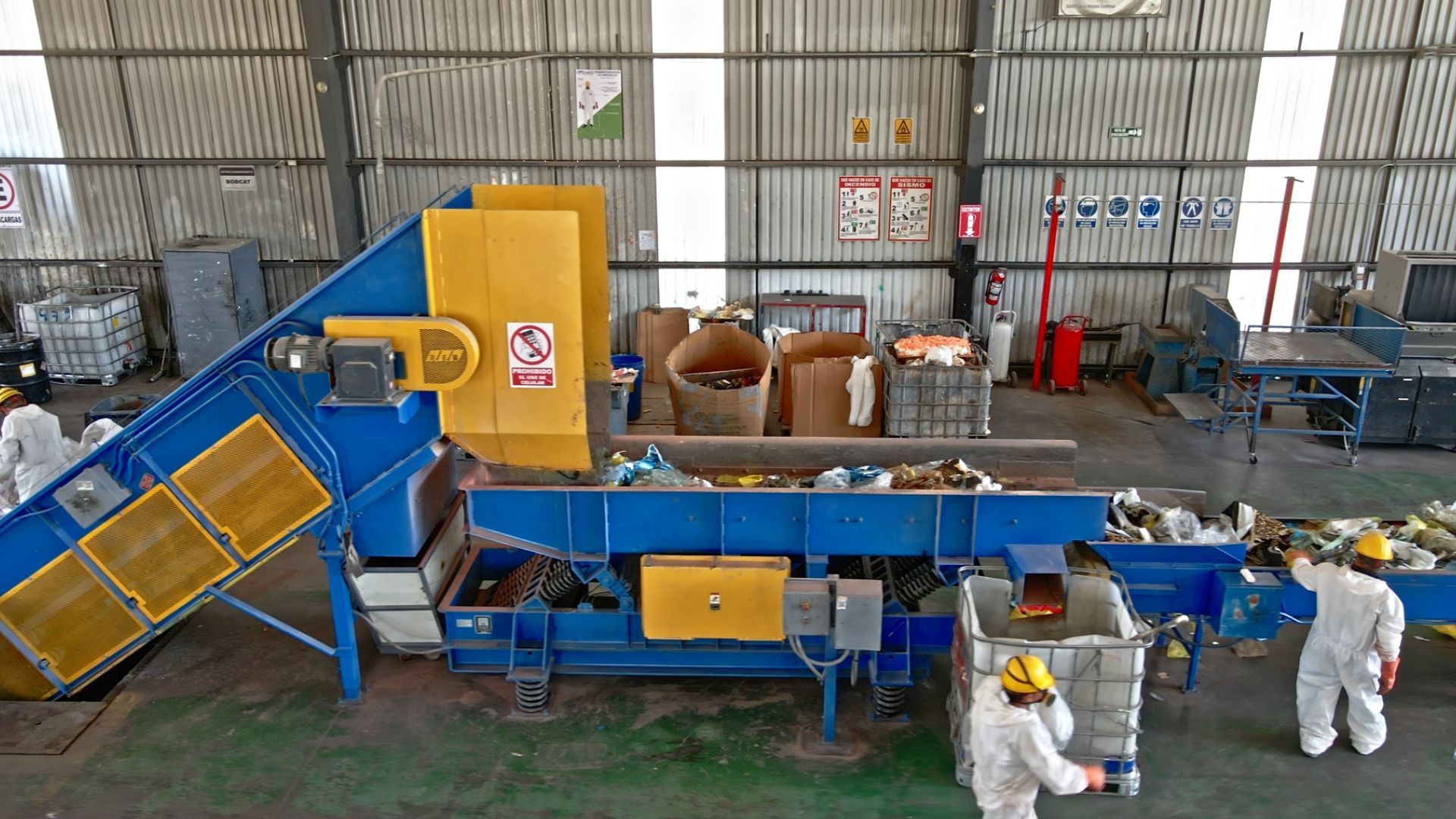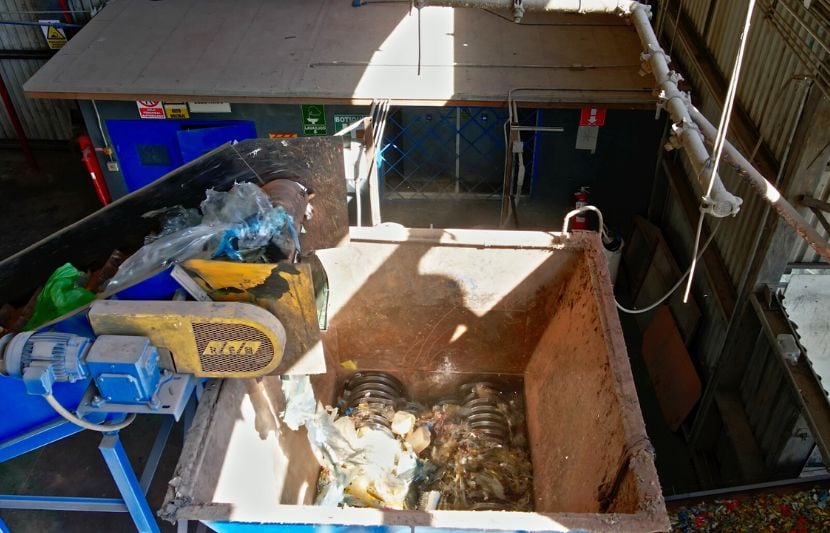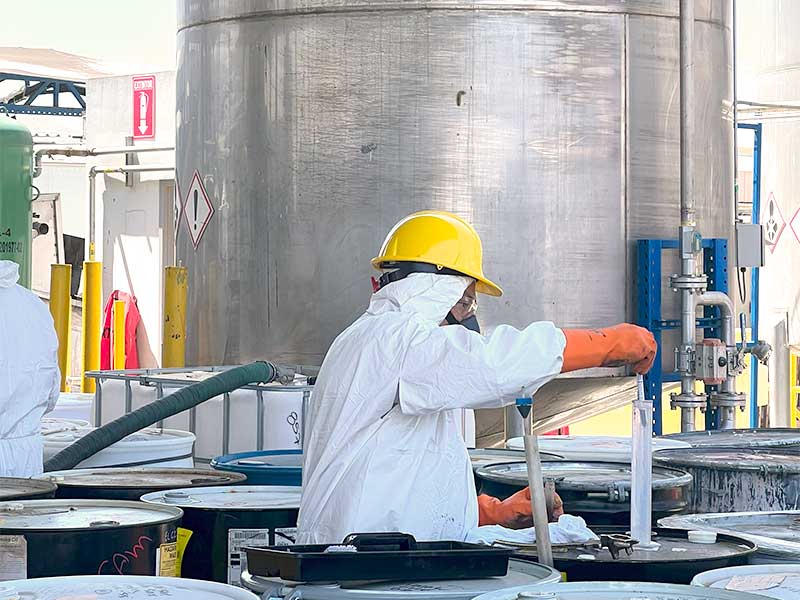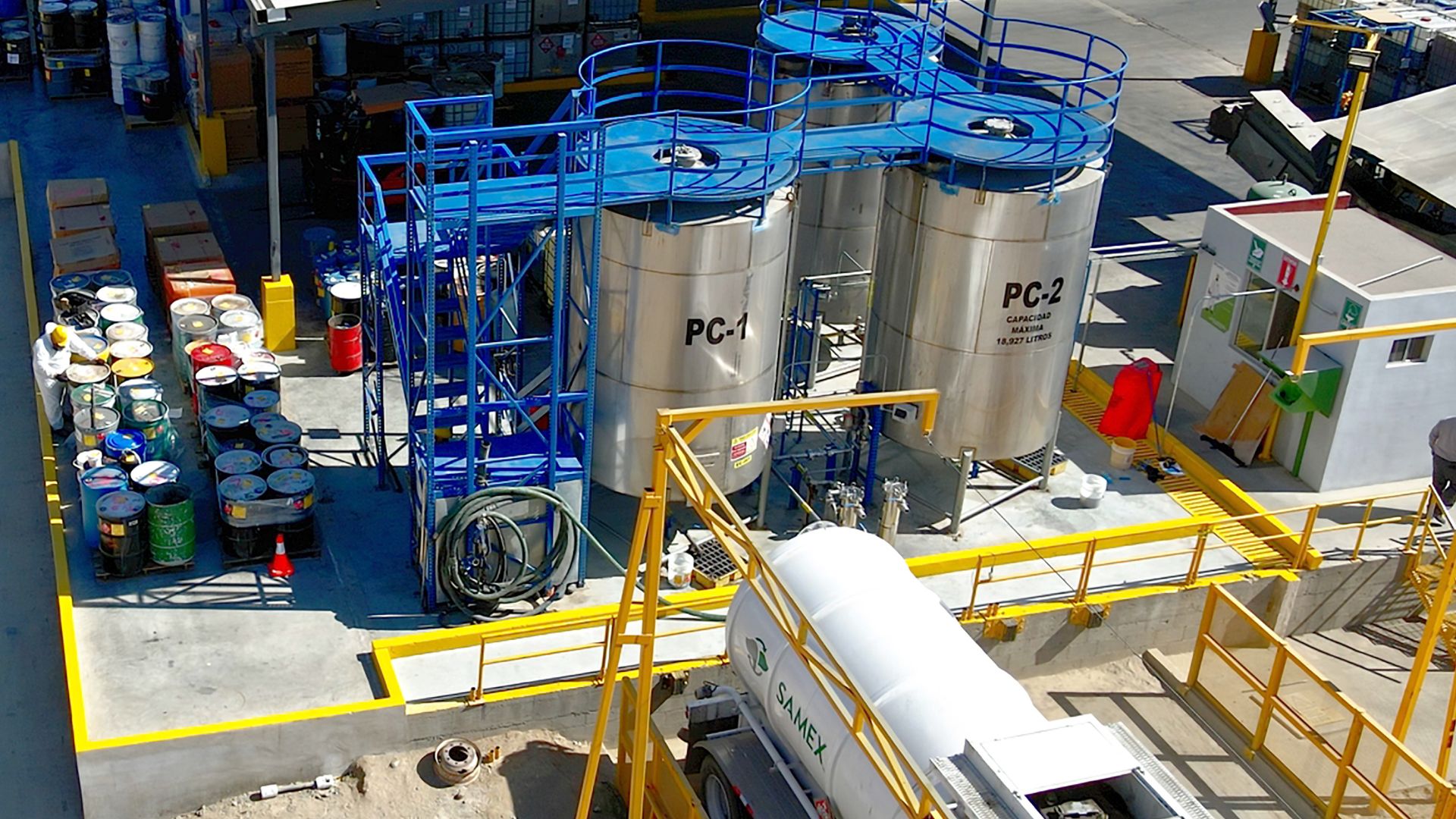Class 4.1 Flammable Solids Examples and How To Dispose
Knowing whether a material belongs to Class 4.1 Flammable Solids can determine how it must be stored, handled, transported and disposed of.

Discover effective methods for the safe disposal of flammable solids with this comprehensive guide on hazardous waste management.
Flammable solids are materials that can ignite and burn easily under certain conditions. They pose a significant risk of fire and explosion if not handled and disposed of properly. Understanding the properties and risks associated with flammable solids is crucial for effective hazardous waste management.
Flammable solids can include various types of materials, such as chemicals, powders, and certain types of metals. These materials can be highly reactive and may release flammable gases or vapors when exposed to heat or other ignition sources.
The risks associated with flammable solids include the potential for fires, explosions, and the release of toxic fumes. These hazards can pose a threat to both human health and the environment. It is essential to identify and classify flammable solids accurately to ensure proper handling and disposal.
Identifying and classifying flammable solids is a crucial step in hazardous waste management. This process involves determining the properties and characteristics of the materials to assess their potential risks and develop appropriate disposal strategies.
Flammable solids can be classified based on various factors, including their chemical composition, ignition temperature, and reactivity. It is important to consult relevant regulatory guidelines and standards to ensure accurate classification and compliance with hazardous waste regulations.
Proper identification and classification of flammable solids enable the implementation of appropriate storage, handling, and disposal practices. This helps minimize the risks associated with these materials and ensures the safety of workers and the environment.
Safe storage practices are essential for minimizing the risks associated with flammable solids. Proper storage helps prevent accidental ignition and ensures the materials are adequately contained to prevent leaks or spills.
When storing flammable solids, it is important to consider factors such as temperature control, ventilation, and compatibility with other substances. Flammable solids should be stored in designated areas that are equipped with appropriate fire suppression systems and safety measures.
Additionally, flammable solids should be stored in suitable containers that are specifically designed for their safe storage. These containers should be labeled properly and stored away from sources of heat, open flames, or other ignition sources.
Regular inspections and maintenance of storage areas are also crucial to identify and address any potential hazards or issues promptly. By following safe storage practices, the risks associated with flammable solids can be effectively managed.
Proper handling and transportation of flammable solids are essential to prevent accidents and ensure the safety of workers and the public. This involves following specific procedures and guidelines to minimize the risks associated with these materials.
When handling flammable solids, it is important to use appropriate personal protective equipment (PPE) to protect against potential hazards. This may include wearing gloves, safety goggles, and flame-resistant clothing. Employees should also receive proper training on handling flammable solids safely.
During transportation, flammable solids should be securely packaged and labeled to indicate their hazardous nature. The vehicles used for transportation should meet specific safety requirements, such as having proper ventilation and fire suppression systems.
It is also crucial to comply with relevant transportation regulations and obtain any necessary permits or certifications. Regular inspections and maintenance of transportation equipment are essential to ensure their integrity and prevent accidents or leaks during transit.
Disposing of flammable solids requires careful consideration and adherence to hazardous waste regulations. There are several disposal options available, depending on the specific characteristics of the materials and local regulations.
One common disposal method for flammable solids is incineration. This involves burning the materials at high temperatures to convert them into less hazardous forms. Incineration should be carried out in specialized facilities that have the necessary pollution control measures in place.
Another option is landfill disposal, where the flammable solids are safely contained in designated areas. However, this method should only be used if the materials are compatible with landfill conditions and do not pose a significant risk to groundwater or surrounding ecosystems.
Recycling and reusing flammable solids can also be an environmentally-friendly disposal option. This involves identifying materials that can be safely processed and reused in other applications. However, it is crucial to ensure that the recycling process does not pose any additional risks or release harmful byproducts.
It is important to consult local regulations and work with licensed hazardous waste management facilities to determine the most suitable disposal option for flammable solids. This helps ensure compliance with legal requirements and effective management of these hazardous materials.

Knowing whether a material belongs to Class 4.1 Flammable Solids can determine how it must be stored, handled, transported and disposed of.

Though flammable liquids may not scream 'environmentally friendly,' they're often indispensable in industry. However, your business can still...

Discover the essential regulations and guidelines for the safe disposal of flammable liquid waste. Understand the importance of proper handling and...